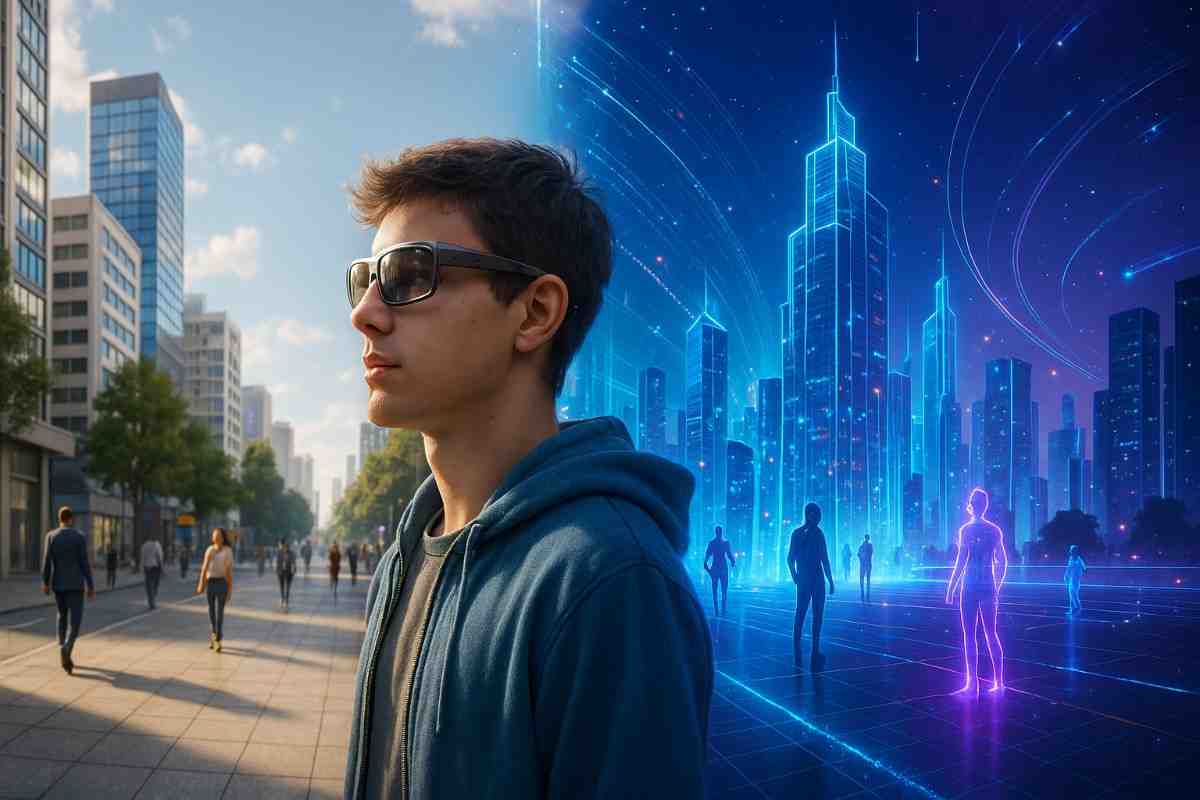The Metaverse: Fad or Future?

In the ever-evolving landscape of technology, few concepts have captured the world’s imagination quite like the metaverse. Touted as the next great frontier of the internet—a digital universe where physical and virtual realities merge—it promised to transform how we live, work, and play. Yet, after an initial burst of hype and billion-dollar investments, enthusiasm for the metaverse seems to have cooled.
So, is the metaverse just another fleeting tech fad, or does it still represent the future of human interaction in a digital age? Let’s unpack the journey, the challenges, and the enduring potential of this ambitious vision.
1. What Is the Metaverse?
The term metaverse originates from Neal Stephenson’s 1992 sci-fi novel Snow Crash, where humans interact with each other as avatars in a virtual space. In modern usage, the metaverse refers to a shared, persistent, 3D virtual world that blurs the boundaries between physical and digital realities.
It’s not just one world but a network of interconnected digital environments—accessible via technologies like virtual reality (VR), augmented reality (AR), blockchain, and AI—where users can socialize, build, trade, and explore. Imagine attending a concert in a virtual stadium with fans from across the globe, owning digital property next to your favorite brand, or working in a 3D virtual office that feels almost tangible. That’s the promise of the metaverse.
2. The Rise of the Hype
The modern metaverse entered the mainstream conversation in 2021, when Facebook rebranded as Meta, signaling a massive strategic pivot toward virtual worlds. Mark Zuckerberg called it the “next chapter of the internet,” and investors poured billions into related technologies.
Tech giants like Microsoft, Google, Nvidia, and Epic Games followed suit, each developing metaverse platforms or infrastructure. Fashion brands like Gucci and Nike created virtual merchandise, while artists began performing in 3D concerts on platforms like Fortnite and Roblox.
The excitement was palpable. It seemed the metaverse would soon be as ubiquitous as smartphones.
3. The Reality Check
Then, reality hit hard.
By 2023, many metaverse projects stalled or shut down. Meta’s own Horizon Worlds struggled to attract active users. Crypto-linked virtual land markets collapsed with the broader downturn in digital assets. Consumer interest waned as the technology failed to deliver on its grand promises.
Several challenges became clear:
- Technological limitations – VR hardware is still bulky and expensive.
- Lack of interoperability – today’s “metaverses” are isolated platforms, not a connected ecosystem.
- Economic sustainability – virtual real estate bubbles proved fragile.
- Unclear use cases – beyond gaming, most people didn’t see a strong reason to join.
4. Why the Metaverse Still Matters
Despite the backlash, dismissing the metaverse as a failed fad would be short-sighted. What we’re witnessing is the early phase of a long-term technological evolution—much like the internet itself in the 1990s.
4.1 Virtual Collaboration Is Here to Stay
The pandemic normalized remote work and virtual meetings. Platforms like Microsoft Mesh, Spatial, and Meta Horizon Workrooms are pioneering immersive, presence-based collaboration that feels more natural than 2D calls.
4.2 Digital Ownership and Identity
Blockchain and NFTs introduced verifiable digital ownership—a crucial metaverse foundation. In future digital spaces, users could truly own their avatars, virtual goods, and experiences.
4.3 Next-Generation Entertainment
Games like Fortnite, Roblox, and Decentraland are early examples of the metaverse in action—social ecosystems where players build, attend concerts, and express identity.
4.4 Corporate and Industrial Applications
Companies like Siemens and Nvidia are creating “industrial metaverses,” where digital twins simulate factories and cities—revolutionizing manufacturing and urban design.
4.5 The Convergence of Technologies
The metaverse combines AI, VR/AR, 5G, and spatial computing. As each technology matures, their fusion brings us closer to a fully immersive digital universe.
5. The Path Forward
For the metaverse to succeed, several changes must occur:
- Hardware evolution: lighter, more affordable AR/VR devices.
- Standardization: open protocols enabling interoperability.
- Compelling experiences: real-world utility beyond novelty.
- Ethical governance: privacy, safety, and inclusivity must come first.
With innovations like Apple Vision Pro and Meta Quest 3, the focus is shifting from hype to practical, integrated immersive experiences.
6. Fad or Future?
If “metaverse” means the exaggerated virtual land rush of 2021—then yes, that was a fad. But if it means the gradual evolution toward immersive, interconnected digital experiences—then it’s the future.
The metaverse won’t arrive overnight. It will blend quietly into daily life, through AR glasses, spatial computing, and 3D digital workspaces. It’s not a revolution—it’s an evolution.
7. Conclusion
The metaverse was never just about avatars or virtual property—it’s about redefining human interaction in the digital age. Like the early internet, it’s faced overhype and setbacks, but its core vision endures: a world where digital and physical realities merge seamlessly.
So, is the metaverse a fad or the future? It’s both—a fad in its hype, and a future in its essence.
We may not “enter” the metaverse as a single platform, but we will live in a world increasingly shaped by its principles—immersive, connected, and boundless.